Scientific name Acetes Rank Genus | Higher classification Sergestidae | |
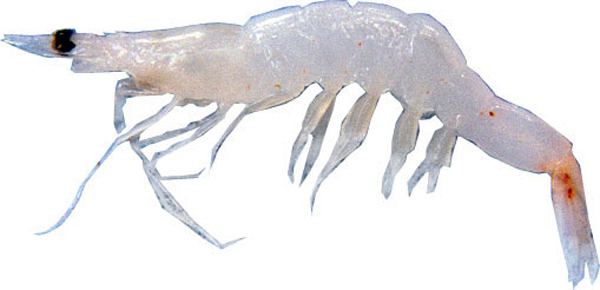 | ||
Similar Chinese white shrimp, Shrimp paste, Dried shrimp, Rempeyek, Pandalus borealis | ||
Acetes eolos anneci im
Acetes is a genus of small, krill-like prawns. Several of its species are important for the production of shrimp paste in South East Asia, including Acetes japonicus, which is the world's most heavily fished species of wild shrimp or prawn in terms of total tonnage.
Contents
- Acetes eolos anneci im
- Acetes eolos d n karar ver
- Description
- Life cycle
- Taxonomy
- Fishery
- Preparation
- References
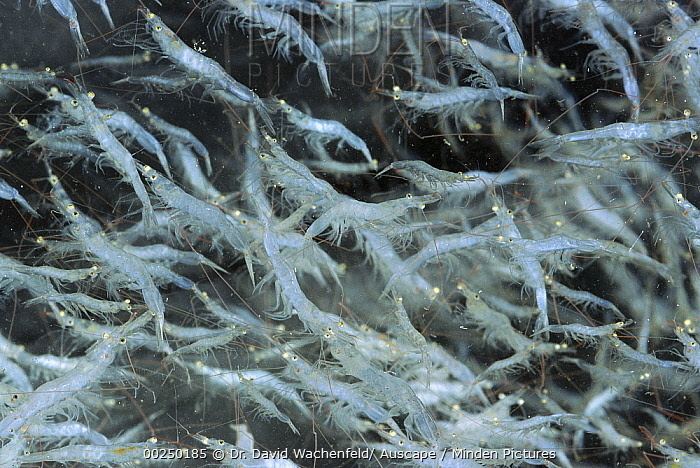
Acetes eolos d n karar ver
Description
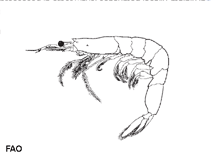
The genus is characterised by the loss of the fourth and fifth pairs of pereiopods. They are small prawns, 1–4 centimetres (0.39–1.57 in) long, translucent, but with a pair of black eyes, and a number of red spots of pigment on the uropods.
Life cycle
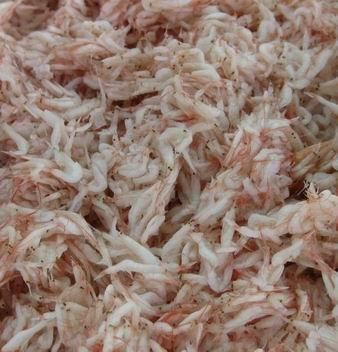
The eggs of Acetes are green. As they develop, they swell to twice their original size or more. The eggs hatch early in the year, and the larvae grow, mature and spawn in the same year.
Taxonomy
It includes 14 species, which are listed here with their FAO endorsed common names:

Fishery
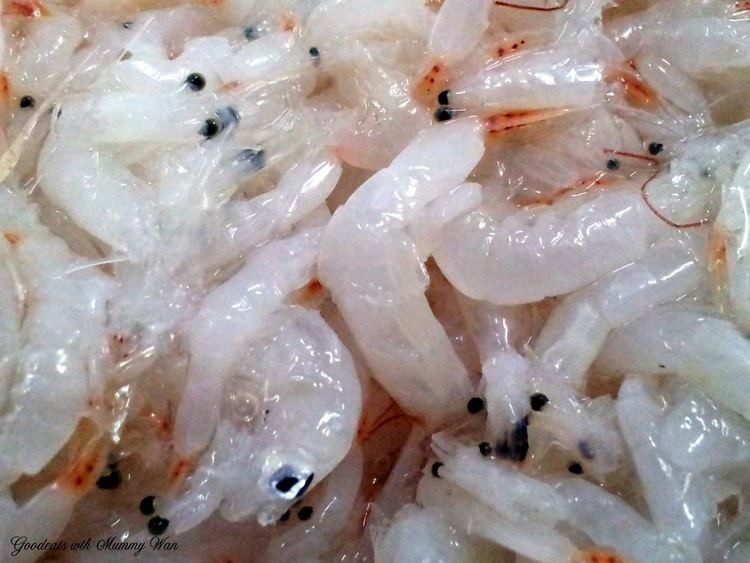
Many species of Acetes are fished for commercially, and the different species are often not discriminated. Acetes japonicus is the most fished species of crustacean, with global production in 2008 of 558,124 tonnes (1.23×109 lb). Fishers mostly use push nets and bag nets, as well as seines both on boats and from the shore.
Preparation
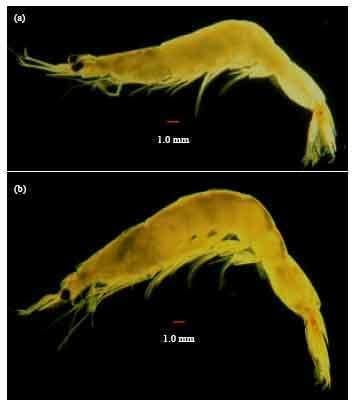
Only a small proportion of the entire catch is sold fresh, with most of it being dried, salted or fermented. The caught prawns are washed and then mixed with 4–5 pounds (1.8–2.3 kg) of salt per 100 lb (45 kg) of prawns. The prawns are then crushed using cleavers and packed into various containers, where the paste remains for around 4 hours. After this, the paste is re-packed, before being left to mature for a month, after which it is mixed and crushed again, and then packed for sale. If a producer cannot sell the paste quickly, it can be kept for up to 6 months, mincing it every month or so. The resulting paste is reported to contain 16.2% protein and 1.3% fat.

